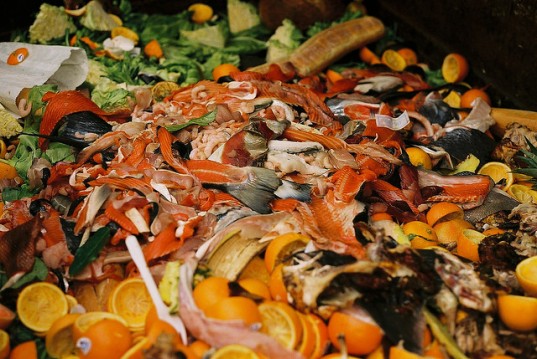Every year, the production of food around the world accounts for almost a third of all global emissions of greenhouse gases. Deforestation, grazing livestock, and the use of fertilizers all contribute to climate change. Finding ways to minimize the damage that food production causes is becoming a priority in the fight against global warming. In addition, the United Nations’ Food and Agriculture Organization has estimated that every year, the world produces enough food waste to feed 2 billion people.
To address these problems, the field of bioengineering has found ways to recycle scrap food, reduce the amount thrown away, and find alternative ways to produce sufficient food to feed the world more sustainably and with less waste.
Engineering Sustainable Food
A degree in bioengineering, or a masters in biomedical engineering online, involves the study of a range of scientific fields from computational biology and physiological systems to mechanical engineering and material sciences. This multidisciplinary approach lends itself well to improving the sustainability of food production. For many years, the genetic engineering of plants has created the potential of increasing production in a sustainable and environmentally-friendly way, and more recently, progress has been made in creating synthetic meat.
Now, without the use of genetic engineering, biomedical engineers have created the first bioprinted steak from cattle cells. The qualities of real meat are replicated by allowing living cells to grow and interact in the same way as they would in nature. The result is the creation of an authentic-tasting steak produced without the extensive environmental damage caused by farming livestock.
Converting Food Into Fuel
Every year in the US alone, 80 billion pounds of food is thrown away without being eaten. An increasing number of scientific projects are working on harnessing the valuable energy from food waste and converting it into renewable fuel. This can then be used to power a range of vehicles from privately owned cars to planes and trains.
In communities where food waste is collected along with other recyclable materials, anaerobic digestion can also be used to convert the high fat content of food waste into green electricity, which is put back into the grid to power households.
Reducing Food Waste
Some food scraps are unavoidable, but now bioengineering is being applied to reduce some of the waste from over consumerism. Shoppers often buy excess food and leave fresh fruit and vegetables to go mouldy before they are eaten. Using plant derived-technology, the protective peels of fruit and vegetables can now be enhanced, allowing them to stay fresh for triple the amount of time of regularly grown produce. As the freshness of the products is protected for longer, the logistical costs of a strictly controlled refrigerated supply chain are reduced, and in the long-term, food waste is minimized.
As it exists at the moment, the food supply chain is environmentally damaging. From growing meat in a lab to extending the lifespan of fresh food, bioengineers are now finding ways to improve sustainability in food production.







